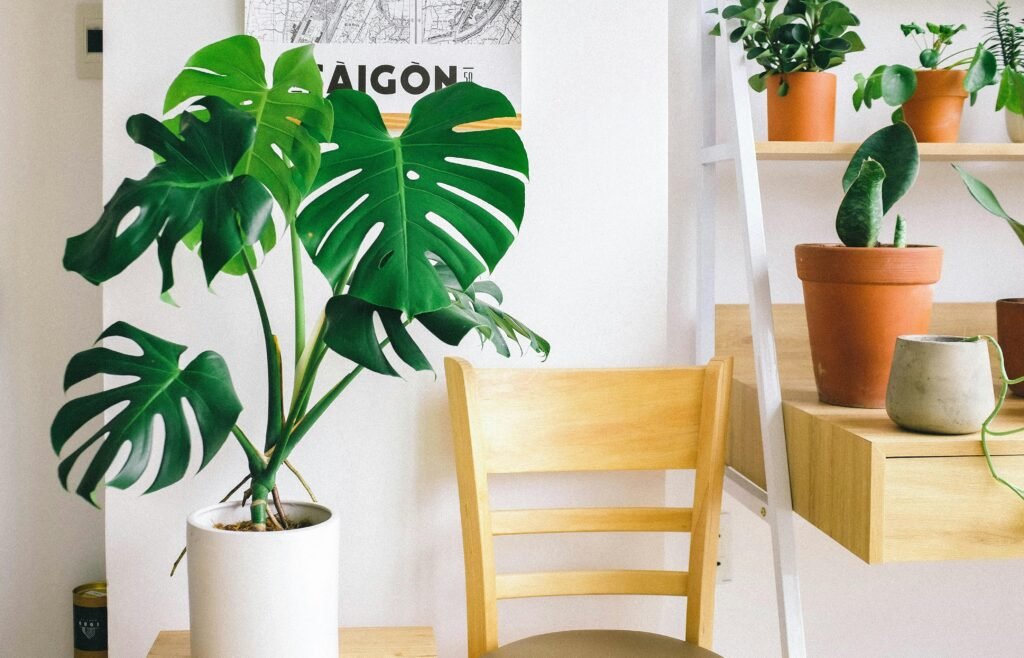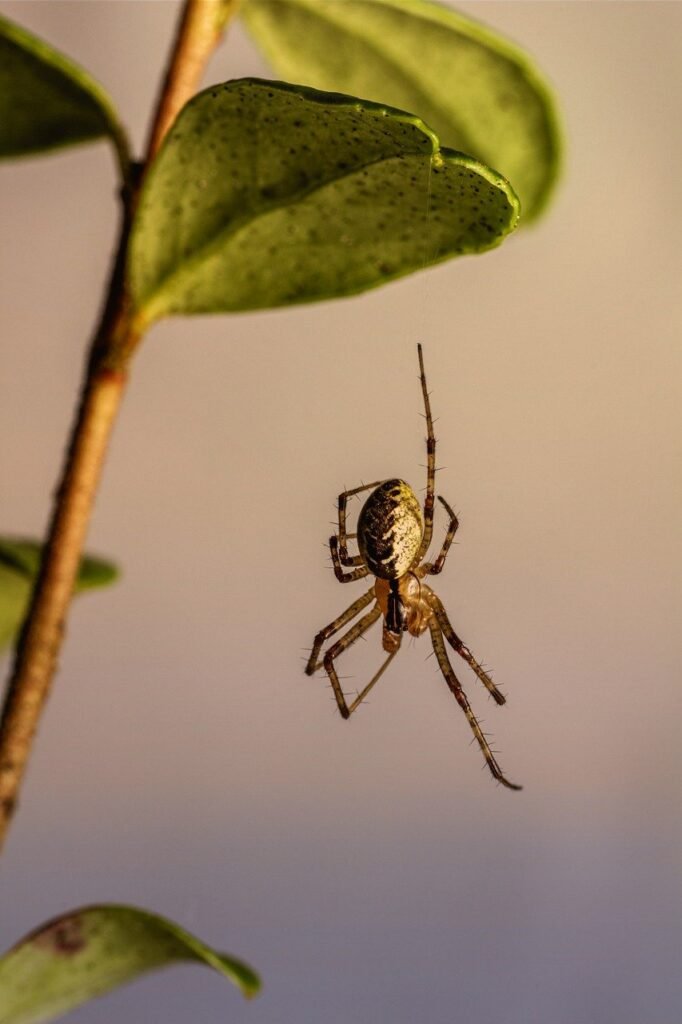As the days grow shorter and the temperature drops, keeping your indoor plants healthy becomes a bit more challenging. With changes in light, humidity, and temperature, plants need some extra care to thrive during the winter months. Here are essential tips and strategies to ensure your plants stay healthy and vibrant until spring arrives.
One of the most critical adjustments for winter plant care is modifying how you water your plants. During the colder months, plants growth slows down, and they don’t need as much water as they do in spring or summer. Overwatering can lead to root rot, which is a common issue during winter.

Here’s how to adjust your watering:
- Check Soil Moisture Regularly: Use your finger or a moisture meter to gauge the moisture level of the soil. Only water when the top inch of soil feels dry.
- Water Less Frequently: Depending on the plant, you may find yourself watering only every couple of weeks during winter.
- Use Lukewarm Water: Cold water can shock the roots. Lukewarm water will help keep the plant’s roots comfortable.
- Water in the Morning: This gives the plant a full day to absorb moisture and prevent the water from sitting in the pot during cold nights.
Most homes become drier during winter due to heating systems, and many houseplants—especially tropical ones—prefer more humid environments.

To help them survive:
- Group Plants Together: Grouping plants can create a micro-humid environment, as they release moisture into the air.
- Use a Humidifier: Placing a humidifier in the room with your plants can help increase moisture in the air, which your plants will love.
- Mist Plants Regularly: Lightly mist the leaves of your plants every few days, but be cautious not to overdo it, as too much moisture can lead to fungal issues.
- Place Plants on a Pebble Tray: Set your plant pots on a tray filled with water and pebbles. As the water evaporates, it increases humidity around the plant.
Winter days are shorter, and indoor lighting can be much dimmer, which means your plants are likely not getting the light they need for photosynthesis.

Tips to maximize light Exposure
- Move Plants Closer to Windows: If possible, move your plants to a bright south- or west-facing window. However, be mindful of cold drafts that might come through the window.
- Clean Your Windows: Dirty windows block sunlight, so keeping them clean will help maximize the light your plants receive.
- Use Grow Lights: If natural light is scarce, consider using a grow light to supplement. These lights provide the full spectrum of light that plants need for photosynthesis.
Most indoor plants thrive at temperatures between 65°F and 75°F. Sudden drops in temperature can shock your plants, so it’s essential to maintain a consistent indoor environment.

Ideas to keep plants safe in cold weather:
- Keep Plants Away from Drafts: Avoid placing plants near windows, doors, or heating vents where they can be exposed to cold drafts or blasts of hot air.
- Avoid Extreme Heat Sources: Heaters and radiators can dry out plants quickly, so keep them at a safe distance from heat sources.
- Insulate Pots: If your plant is near a cold window, you can place a piece of foam or other insulating material under the pot to protect the roots from the cold surface.
In winter, plants naturally slow down their growth and enter a period of dormancy. As a result, they don’t need much in the way of fertilization. Over-fertilizing can lead to salt buildup in the soil, which can harm your plants.

Tips to limit fertilization for winter plant care:
- Pause Fertilization: You can stop fertilizing your plants altogether during winter or reduce it to once every month or two.
- Resume in Spring: As temperatures warm up and the days grow longer, you can start fertilizing regularly again.
Indoor plants can be more susceptible to pests during the winter due to the warm, dry conditions inside homes. Common winter pests include spider mites, aphids, and fungus gnats.

Tips to keep away from pests
- Inspect Regularly: Check the leaves, stems, and soil for any signs of pests, such as webbing, sticky residue, or small flying insects.
- Wipe Down Leaves: Use a damp cloth to wipe down the leaves, which can help remove pests and keep the plant clean.
- Use Natural Pesticides: If you notice pests, treat your plants with a natural insecticide or neem oil to prevent infestations.
Conclusion
Caring for your plants during winter requires a few adjustments, but with the right approach, you can help them stay healthy and happy through the colder months. By adjusting watering habits, increasing humidity, maximizing light exposure, maintaining stable temperatures, reducing fertilization, and watching for pests, your indoor garden can thrive all winter long. When spring arrives, your plants will be ready to grow and flourish with the changing season.
